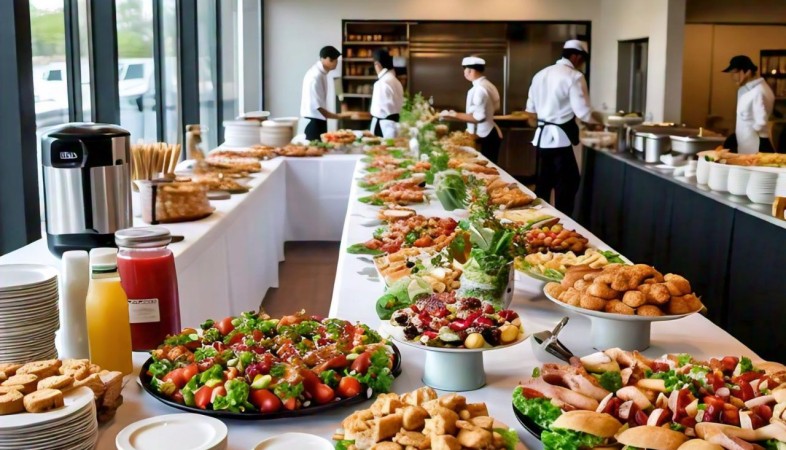SHARE
Commercials
More Posts
May 07, 2025
Embracing Grey: The New Trend in Restaurant Decor
Apr 10, 2025
Nutritive Mocktails - By Kaustav Dutta
Apr 08, 2025
Schezwan Chicken Gravy Momos - By Chef Rohit Anand
Apr 25, 2025
Innovative Packaging Ideas for Modern Confectionery
Jan 22, 2025
Stuffed Pumpkin Blossoms - By Chef Subodh Upadhyay
May 07, 2025
Embracing Grey: The New Trend in Restaurant Decor
Apr 10, 2025
Nutritive Mocktails - By Kaustav Dutta
Apr 08, 2025
Schezwan Chicken Gravy Momos - By Chef Rohit Anand
Apr 25, 2025
Innovative Packaging Ideas for Modern Confectionery
Jan 22, 2025
Stuffed Pumpkin Blossoms - By Chef Subodh Upadhyay
May 07, 2025
.png)




























